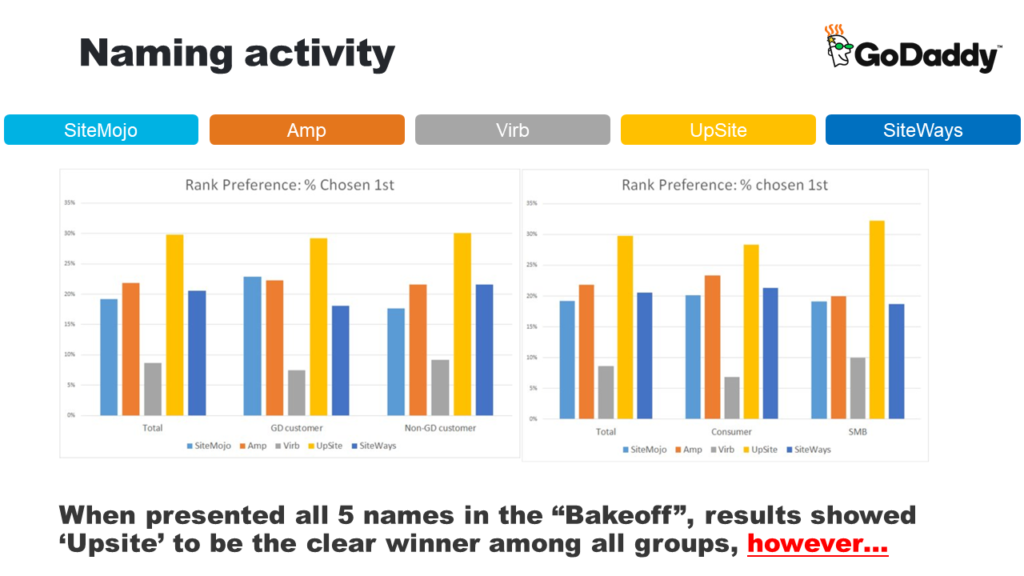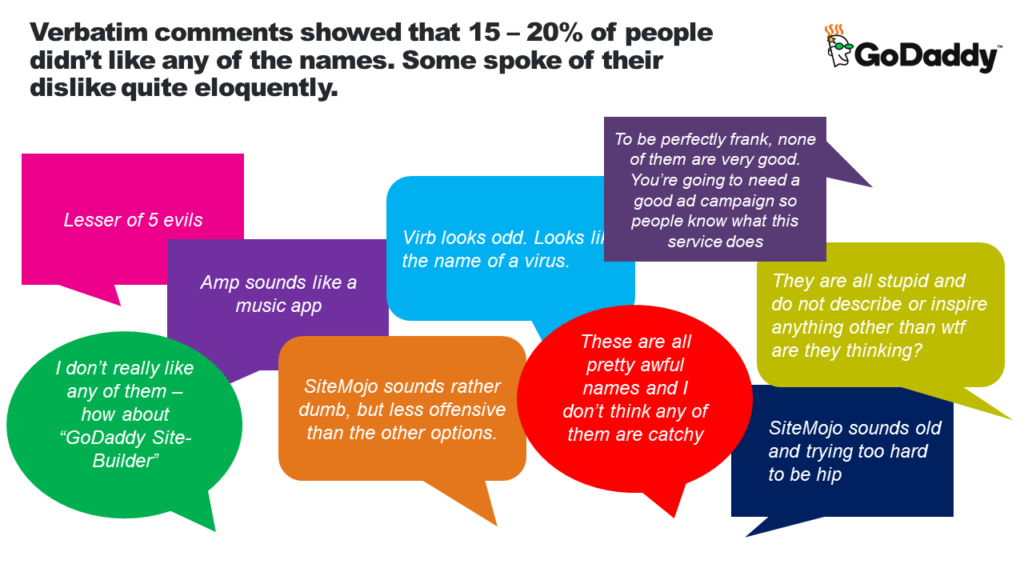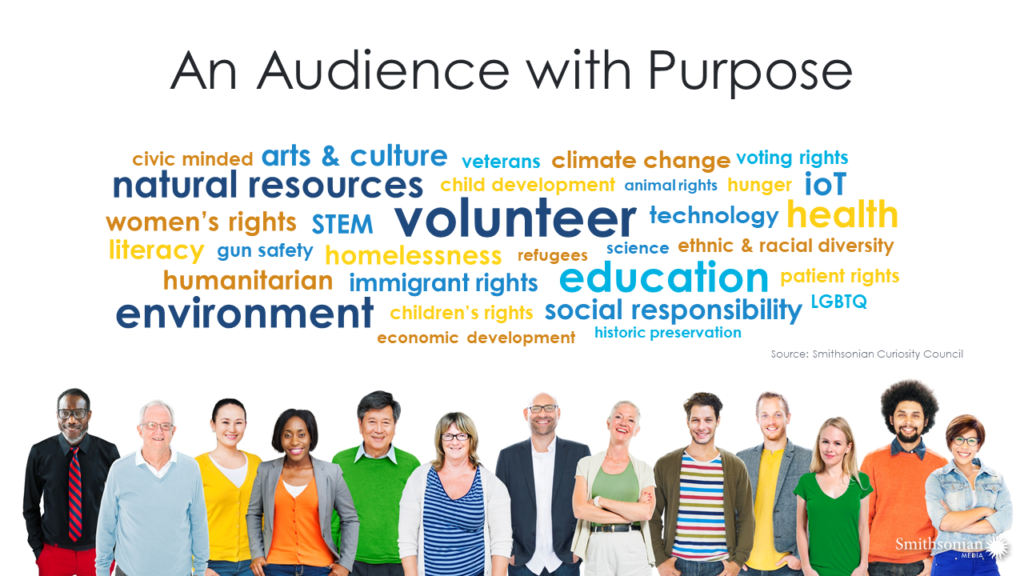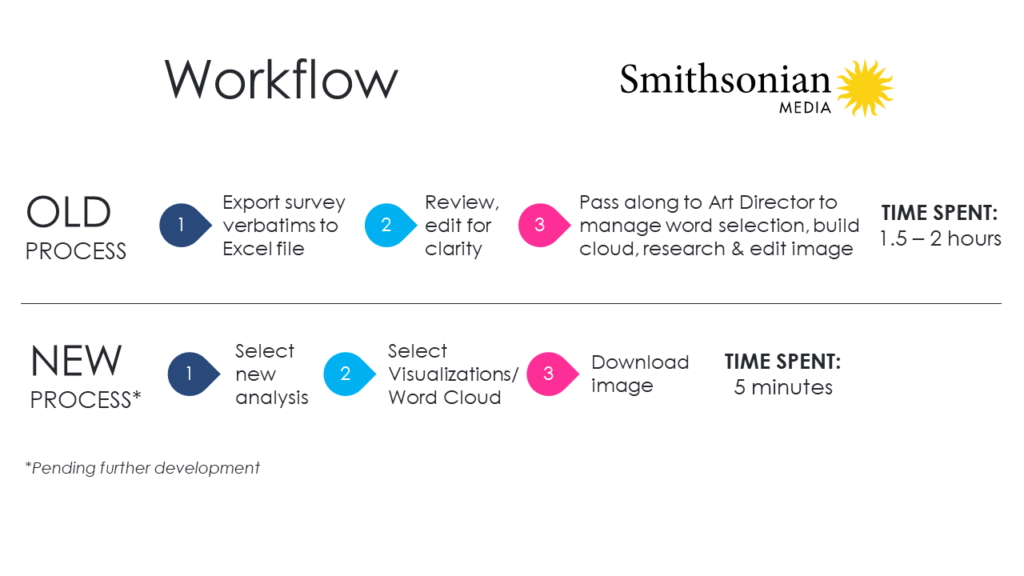If someone asks if you like vanilla, chocolate or strawberry ice cream best – and your answer is that you don’t like any of those because you’re lactose-intolerant – you can immediately see how limiting survey questions without opportunities for open-ended feedback are.
Consider another circumstance. Customers you’ve had for a long time are giving you poor CSAT or NPS scores. You know what's happening, but you don’t know why. You could ask a question with 100 response options to drill into the reasons, but that’s a survey question nobody will answer – and even if they did, you’d miss the nuance. The quantitative data has value, but only if you know what actions to take to improve the situation.
When customers have the opportunity to provide feedback in their own words, they are more candid. Even just being asked for their own words gives them a feeling of being heard, which is only reinforced when they see a shareback where their views are represented – and plans to address their feelings are offered. This builds a relationship between the customer and the brand.
Customers are a great source of ideas about what product or experience enhancement to pursue. Giving them the opportunity to contribute further deepens the relationship on its own but it also offers a competitive advantage – bringing ideas to improve or introduce products and services to the product teams.
Quantitative and qualitative research methods each have their strengths and their weaknesses.
Quantitative gives you hard numbers as to what people think or feel about your products, your services, your innovations, your companies and organizations. Generally speaking, you can quickly send out a quantitative activity and have the analysis done in a fraction of the time it would take to do a qualitative exercise. You can slice and dice the data and look for insights in between the data points to put together a story.
What you can’t do with quantitative is hear your customers' voices. You don’t get to the bottom of why they think or feel the way that they do. You don’t get to do the same amount of exploration that you would if you were having a conversation either face-to-face or in a small group setting. You don’t get the anecdotal stories from your customers that help to bring these community members to life for your internal stakeholders. You’re boxing yourself and your members in from having deeper, richer, more fruitful conversations without the sometimes messy, sometimes unpleasant, sometimes earth-shattering open-ended responses.
These are the challenges that the newly introduced Alida Sparq text and sentiment analysis features are designed to address. How do you scale to get the qualitative data you want with a limited number of resources and time?
Auto-tagging helps you quickly identify with 70% accuracy the topics of interest – the themes. This could be about ice cream texture, flavors or toppings. It’s the stuff people are naturally talking about.
Sentiment analysis lets you know how they feel about those themes. Chocolate ice cream might be discussed a lot, but do people like it or hate it? If everyone is complaining about the texture of the ice cream, that’s actionable intelligence.
I might want to use three specific quotes from responses, or only show results from people who talked about ice cream cones vs. cups. Star filtering and editing of comments allows you to rapidly find and select what’s relevant to you for your reporting exercise.
You can then make this information available in multiple visualizations, including bar and pie charts and word clouds – complemented by quotes from members – all of which can easily be published to hubs for your members and internal stakeholders to view.
The value is easy to illustrate.
You’re getting at the higher quality qualitative data in an automated, scalable way, so you can get better insights faster and at scale.
Cassie Mally, Director of UX Research at GoDaddy, illustrated the value of open-ended feedback in her session at the Customer Intelligence Summit 2018. She explained how GoDaddy executed a study to determine the best name for a new product. They asked current customers and general consumers to choose from 5 names that the GoDaddy team proposed.
Looking just at the quantitative data, the product name “UpSite” was the obvious winner. They should have been able to move ahead with that name and feel they had done their due diligence in getting the voice of the customer and the general market into their product decision.
When they looked at the open-ended feedback associated with the responses, however, it told a very different story. They read comments like “these are all pretty awful” and “that sounds like the name of a virus”. Those surveyed suggested other names and were extremely candid in their critiques, providing the why behind their dissatisfaction with the options in the multiple-choice exercise that limited their opportunity to influence the selection.
From a quantitative point of view, they had a great selected product name. But how do you go before the executive leadership team with a recommendation that says “Our choice is “Upsite” based on the votes of our customers and the market”, supported by arguments like “it’s the lesser of 5 evils.” Not very compelling.
In the end, having that open-ended feedback changed the entire dynamic of the exercise. Egos were discounted in favor of high-quality feedback, and they threw out all the original names (including those suggested by the exec team) and started over.
Cassie said, "At GoDaddy, strategic and actionable customer insight is in high demand by all internal stakeholders to improve the user experience. We know that one of the best ways to access it is through open-ended feedback from our customers, but the time and manual effort required to identify data in individual responses hinders our ability to deliver insight quickly to our stakeholders. With Alida’s new text and sentiment analytics solution, we’re able to analyze feedback, create visualizations, and share it in a timely manner, enabling us to make smarter, more customer-centric decisions.”
Linda Lawrence, Research Manager at Smithsonian Media, experienced tangible time savings using Alida Sparq text and sentiment analysis to build a story about the types of consumers that advertisers are seeking to attract – and that Smithsonian has available in their subscriber base. This is something Smithsonian does regularly to increase ad sales. They provide a snapshot of their subscribers’ attitudes and preferences to help advertisers determine fit for their campaigns.
Typically, this would be a highly manual process: getting the open-ended data out of the system for manual editing, then having to work with the art director to massage the data, manually build a word cloud, and edit that image. This meant hours of hands-on work, and even more time spent coordinating between departments.
Now, the process requires the hands of only one person and takes 5 minutes, using the new Alida Sparq text and sentiment analysis functionality. The time savings are being put to good use, scaling out the number of activities that can benefit from the power of open-ended feedback.
Linda said, “At Smithsonian Media, we believe that garnering qualitative and open-ended feedback from our audience members is paramount to our success. This type of insight provides valuable context that you can’t find by just looking at the numbers and offers our internal and external stakeholders a true understanding of our customers. The problem, however, is the significant time and manual effort that are required to identify key insights in individual responses. With Alida’s new text and sentiment analysis, we’re able to significantly reduce the time it takes to uncover this valuable information, enabling us to drive smarter, more customer-centric decisions at the speed of business.”











